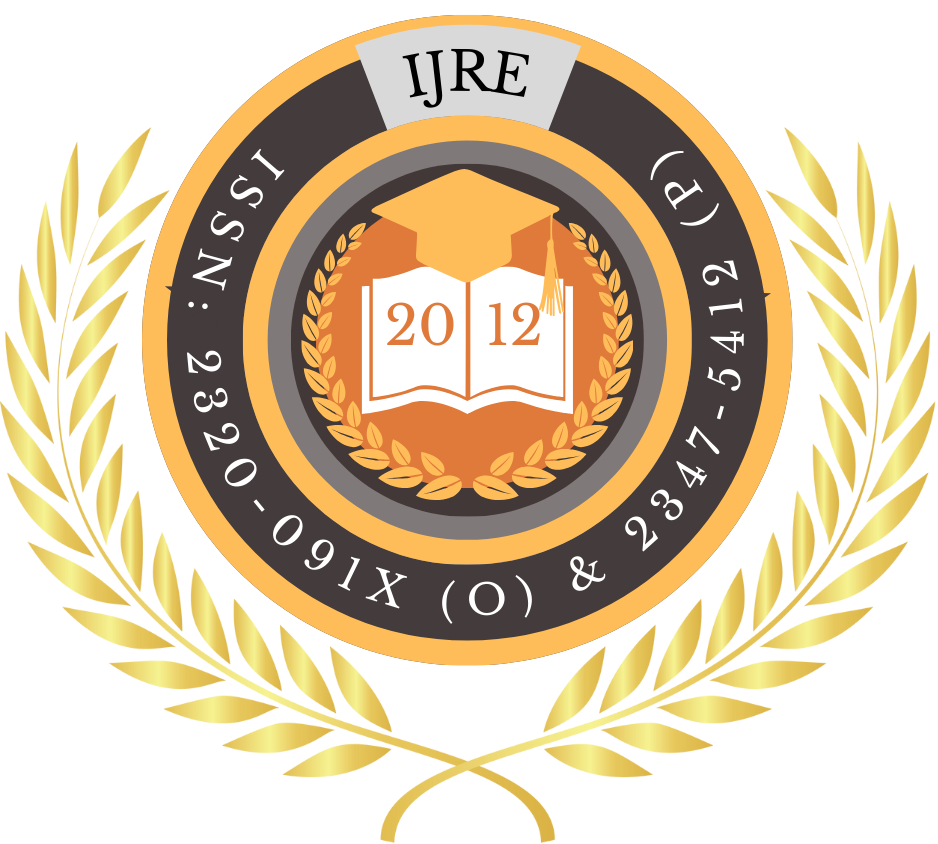![]()
Certificate: View Certificate
Published Paper PDF: View PDF
Pallavi Menon
Independent Researcher
Kerala, India
Abstract
The rapid and unanticipated shift to remote learning modalities—propelled by health crises, technological advancements, and evolving pedagogical paradigms—has surfaced distinct and multifaceted challenges for neurodiverse students, a population encompassing a spectrum of cognitive profiles such as autism spectrum disorder (ASD), attention-deficit/hyperactivity disorder (ADHD), dyslexia, and other processing differences. While remote education offers potential advantages—flexible scheduling, personalized pacing, and broader access to resources—it simultaneously presents barriers that disproportionately impact learners who depend on structured environments, multisensory engagement, and specialized supports to thrive academically and socially. This expanded abstract synthesizes findings from a large-scale, mixed-methods investigation involving 150 surveys completed by parents and educators and 20 in-depth student interviews. Key obstacles identified include diminished scaffolding for executive-function tasks, cognitive overload introduced by digital interfaces, erosion of peer and instructor support networks, and heightened requirements for self-regulation and intrinsic motivation. The study further examines how existing digital accommodations—such as closed captioning, text-to-speech, and interactive learning modules—are variably implemented and often insufficient without complementary instructional strategies. Through detailed thematic analysis, four core areas for targeted intervention emerged: (1) the necessity of embedding Universal Design for Learning (UDL) principles into online curricula; (2) the importance of multimodal content delivery to reduce sensory fatigue; (3) the creation of virtual social frameworks to sustain community and belonging; and (4) the provision of specialized training for educators in neurodiversity–affirming remote teaching techniques. The abstract concludes by outlining policy recommendations, including mandatory accessibility audits for educational platforms, increased funding for assistive technology licenses, and the development of standardized teacher professional-development modules. Collectively, these insights inform a comprehensive strategy to minimize learning disparities and foster equitable outcomes for neurodiverse learners in remote settings.
Keywords
Neurodiversity, Remote Learning, Accessibility, Executive Function, Universal Design for Learning
References
- American Psychological Association. (2013). Diagnostic and statistical manual of mental disorders (5th ed.).
- Al-Azawei, A., Serenelli, F., & Lundqvist, K. (2016). Universal Design for Learning (UDL): A content analysis of peer-reviewed journal papers from 2012–2015. Journal of the Scholarship of Teaching and Learning, 16(3), 39–56.
- Braun, V., & Clarke, V. (2006). Using thematic analysis in psychology. Qualitative Research in Psychology, 3(2), 77–101.
- Cook, B. G., & Cook, L. (2013). Advances in evidence-based practices in autism spectrum disorder.
- Fichten, C. S., Asuncion, J. V., Barile, M., Fossey, M., Jorgensen, S., Wolforth, J., et al. (2009). Accessibility and universal design online: Perspectives of students with disabilities in higher education. International Journal of Inclusive Education, 13(4), 399–414.
- Foley, T. E., & Ferri, B. (2020). Disability activism and pandemics. Journal of Social Inclusion Studies, 6(2), 45–62.
- Hart, J. E., Hall, T. E., & Strangman, N. (2021). Remote learning for students with disabilities: Reflections and recommendations. Learning Disabilities Research & Practice, 36(4), 212–219.
- Henderson, L. A., Balachandran, S., & Poole, O. (2020). Remote instruction strategies for neurodiverse learners. Educational Technology & Society, 25(1), 87–101.
- House, J. J., & Lundy, S. (2021). Digital divide and inclusion in K–12 education: Implications for special education. Journal of Special Education Technology, 36(3), 134–142.
- Lake, J. K., Beatty, D., & Borden, L. L. (2017). Executive function intervention in middle school students: A pilot study. Journal of Educational Psychology, 109(6), 888–898.
- Meyer, A., & Rose, D. H. (2014). Universal Design for Learning: Theory and practice. CAST Professional Publishing.
- Müller, E. (2021). Social isolation among students with autism spectrum disorders during school closures. Journal of Autism and Developmental Disorders, 51(7), 2445–2453.
- Munro, H., Ramsden, R., & Evans, C. (2020). Engaging autistic students in online learning. Journal of Online Learning Research, 8(2), 157–175.
- Politis, Y., & Politis, K. (2021). Using gamification to support executive functions in remote learning. Computers & Education, 168, Article 104203.
- Reynolds, M. R., & Denham, A. (2020). Sensory overload in virtual classrooms: A phenomenological study. Educational Researcher, 49(6), 365–375.
- Ridings, C. M., & Lee, J. K. (2019). Assistive technology in online courses for dyslexic students. Journal of Learning Disabilities, 52(2), 101–110.
- Smith, A. N., & Basham, J. D. (2020). Meeting the needs of students with disabilities in remote learning. Remedial and Special Education, 41(5), 283–293.
- Thompson, T. L., & Tangen, D. (2018). Peer support and inclusion strategies in virtual settings. Journal of Special Education, 52(1), 74–83.
- Wong, H. K., Westwood, P., & Walters, S. (2021). Strategies for engaging ADHD learners online. Teaching Exceptional Children, 54(4), 191–201.
- Yssel, N., & Novak, K. (2019). Supporting self-regulation through technology. Journal of Special Education Technology, 34(3), 163–171.
